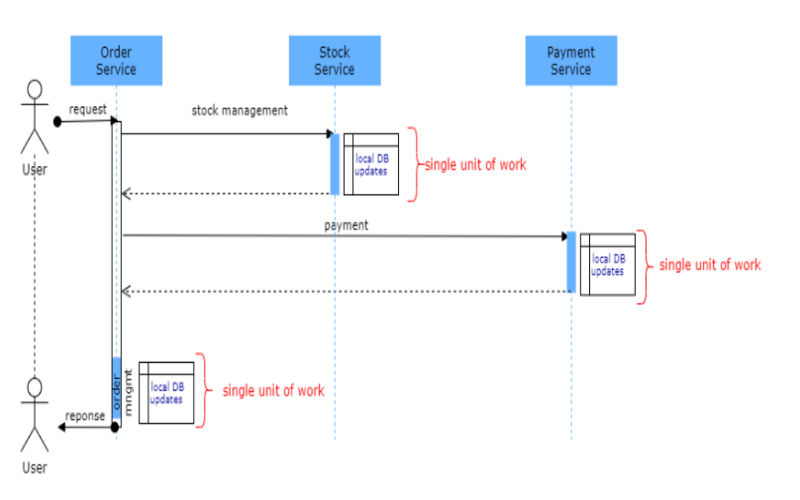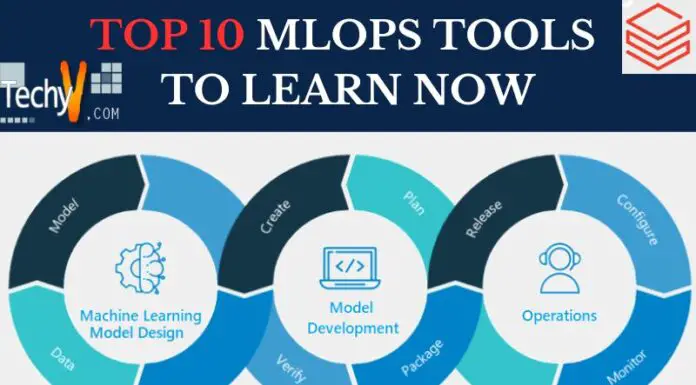What Are Microservices?
Microservices are moving towards application expansion, in which huge plans are composed of flexible components or services. Each part assists a specific task or company’s aim and utilizes the well-defined associate, such as app programming, to meet with other sets of services.
1. Ascertain That The Necessary Use Case And Stakeholder Support
Some efficient keys, such as fast time-to-market, portability, and prime response times, have inspired stakeholders to get more involved in the growth and execution of microservices architectures to convert their sight into the execution architecture. We propose a collaborative technology that includes stakeholders and developers in the selection and monitoring of application structure applications and platforms for the use of microservice systems.

2. Use A Design That Is Both Functional And Safe
Microservice architecture is a type of software design in which a system operates as a collection of completely interconnected services. It is a method of developing software that will be reached independently and can be produced, exploited, and launched more quickly than typical monolithic applications. This programming presents a conversation on some microservices design concepts that guide the building of high-performance, fault-tolerant microservices applications.

3. Select Virtualization, Specialist Repositories, And Backward Compatibility Throughout Development
- Visualization tells us information about relationships that can hold the data (for example, having a visual map in Google and written directions).
- An automated way to hold inconsistency with reality (google promoting changes)
- Change management abilities (google modifying to traffic, building, speed confine, and rerouting in real-time)

4. Microservices Should Be Located And Hosted Separately
Microservices utilize using VMs or containers. Containers are like a better formation path for microservices as containers are bright, transportable, and movable. The microservice system is packed into a container image and installed as a container service. The strategy enables rapid scalability of container occurrence tools like Kubernetes, and it helps in managing a collection of containers as a distinct logical system.

5. Use Service-specific Data Management And Storage Where Possible
The many database and data business approaches for more microservices. The container should enhance the saved data and utilize it just for microservice. Each Microservice arranges its data in the database servicing design. Programmers apply well-structured APIs to facilitate communication between two or more microservices’ databases. Database servicing design is simple and ideal for the latest applications. The microservices design provides tremendous portability, loss integration between databases, and easy affect analysis.

6. Centralise Operations While Putting Innovative Security In Place
The initial component of the centralized operations mechanism is combining entrancing log data and resolving it to a more structured format. Filters help to execute suitable data. The centralized operations proceed towards allowing us to combine all the logs from assigned application services and observe them from one terminal. It enables simple access to log observation in one suitable control panel, and we do not have to check on each service to repair.

7. To Organize And Plan
Groups are easy to manage and sufficient to present individually without misuse of time communicating. Microservices data organize design helps arrange the data of distinct software parts. The data management design provides communication between databases of two or more software.
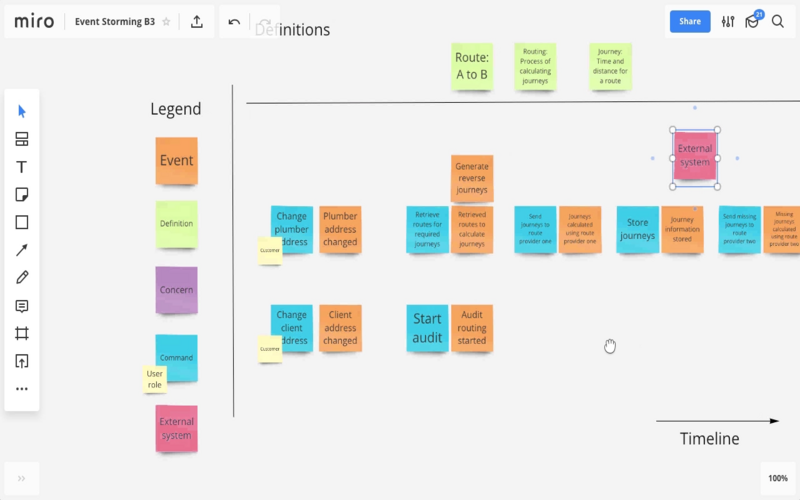
8. For Operations And Maintenance
The maintenance component is the progress procedure. It is finished to ensure the servers start as effectively as possible. If the services fail, the entire system could be affected. To ensure the presence of services, the programmers must observe and maintain properly.
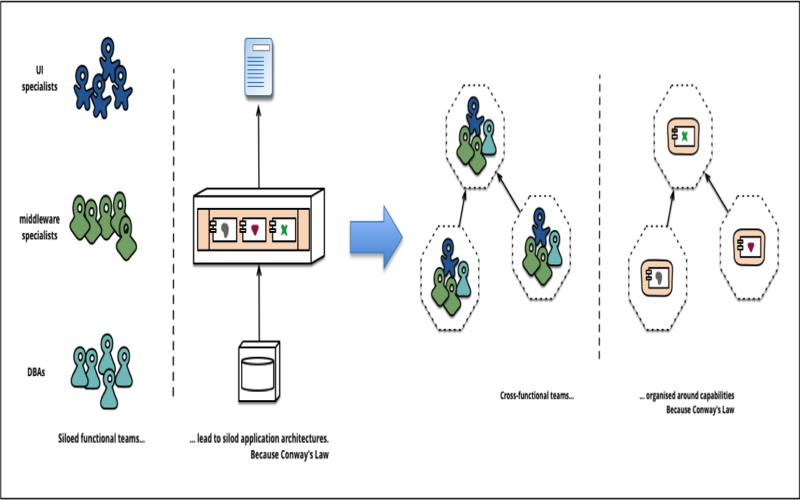
9. Enable Service Autonomy Using Isolated Microservices
Microservices differ their autonomy and capacity to operate independently of one another. Autonomy is a compute of control that the execution of the service has over its period surroundings and database strategy. It improves the performance and credibility of the service and supplies users with more warranty and quality of the product. Autonomy also guarantees the service’s availability and dependability. The microservices architecture is unlike experiences or errors in the performance due to an increase in autonomy.
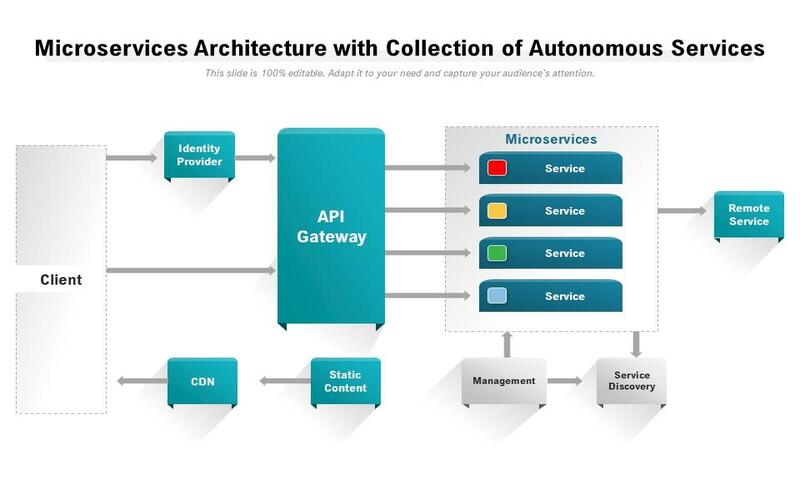
10. Create A Separate Microservice Database To Reduce Latency
Microservices should have access to identical data saved via a single database aside from their poor connection. Microservices latency is the time lag between when a request is made to a microservice-based system and when the system returns the results. This pause is critical in microservices architecture, as it directly affects the overall performance. Effectively, and customer experience of applications programmed by architectural style.
